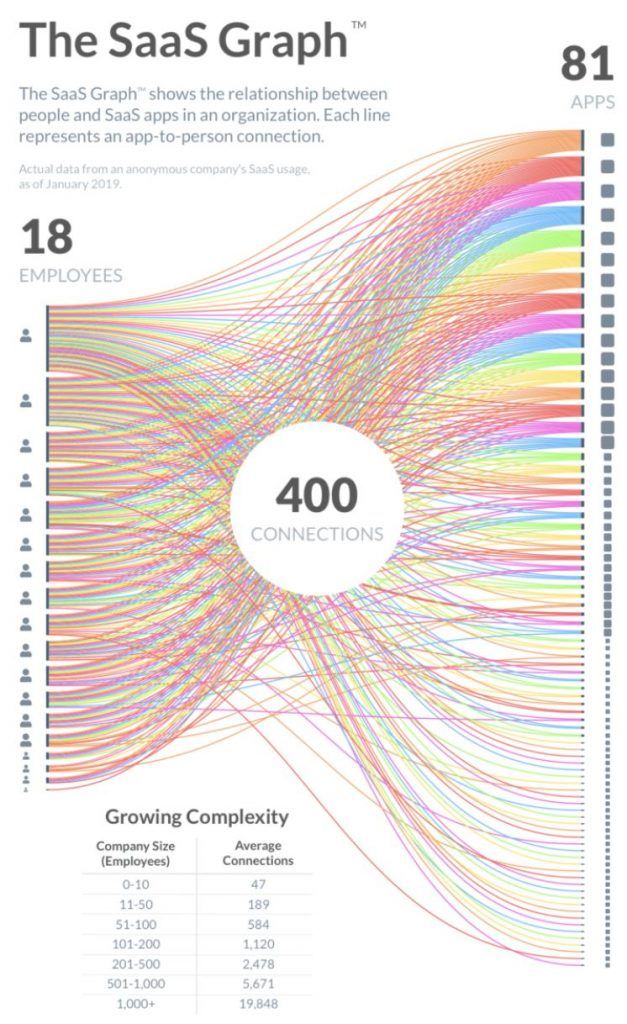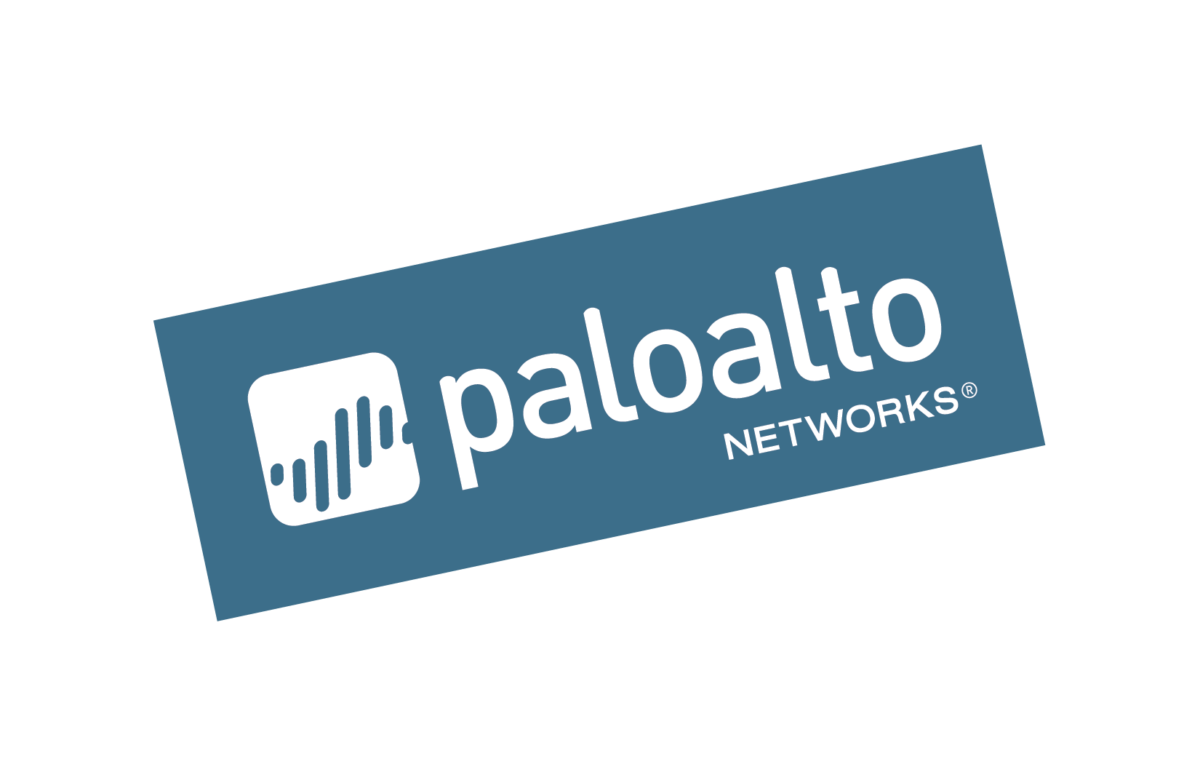
“Software-defined network capabilities have been growing in popularity for a number of years, the first glimpse was traced to a research collaboration between Stanford University and the University of California at Berkeley that ultimately yielded the OpenFlow protocol.” (NetworkWorld, 2020)
Traditional WAN has, for some time, shown cracks in its ability to support users. As a result, it often becomes quite a headache for IT teams to manage and maintain. Looking at the Global State-of-the-WAN report, over-complexity is seen as the biggest WAN challenge, with poor performance of on-premises applications and slow access to cloud services and SaaS applications a joint second.
It is down to this growing demand for speed and simplicity that software defined networking has grown in popularity and interest to businesses across the globe, big and small.
Digitalisation

The main culprit behind the pressure being put on traditional WAN architecture is ‘digitalisation’. This is principally the reason organisations are looking at a software defined solution to transform their IT Infrastructure and how it is managed.

The world is becoming increasingly more digitalised, the work force is becoming more distributed, more cloud-based applications are being used, more data is being sent and received and user expectations are higher than ever. To understand the scale, this connections graph from ‘Blissfully’ illustrated the relationship between people and SaaS apps in an organisation
The quantity, diversity and geographical positioning of these connections, makes it incredibly difficult to manage and maintain due to lack visibility. Performance of applications across the WAN will be poor and root causes are difficult to identify, this is the current state of WAN, and this is before we even mentioned the difficulty associated with securing the new landscape and ensuring standardisation and policies are consistent and adhered to throughout.
Coronavirus Pandemic – Has it had an impact?

Short answer – Yes. Why? Let us explain…
The Coronavirus pandemic happened very quickly and has lasted longer than many expected. Pretty much overnight, whole populations started working from home and businesses were suddenly faced with a much more diverse network. This is clearly highly unusual, however it highlighted to many organisations that their current IT set up wasn’t able to adjust, and as a result, there was a huge dip in business productivity, business operations and it some cases, business continuity. It came as a shock, and for some businesses, it acted as a figurative ‘kick in the backside’.
What else did it do? It gave people time to think.
For sensible, forward-thinking organisations, this time has been used to explore better solutions and analyse how they’re going to make sure they aren’t caught on their heels, should something similar happen again. If something can happen once, it can happen again. It’s probably not a matter of ‘if’, but ‘when’ and companies now need to ensure they’re networks are set up to handle these sudden changes and strains.
SD-WAN was already a technology solution that was not only a ‘buzz word’ in the industry but was a solution that provided the answers to WAN challenges companies were struggling with, nationally and globally.
Our thoughts
Clearly coronavirus has created an unavoidable situation which organisations have been forced to address. This in turn has shone a light on underlying network capacity issues which have probably been growing in significance over the last few years, but not been given attention until now. It’s a classic scenario of an issue not being big enough, until it causes a major problem; after which a solution is applied and with the benefit of hindsight, companies ask ‘Why haven’t we be doing this for years?’
For many organisations, the coronavirus pandemic has exposed and amplified the pain that was being felt as a result of over complexity of traditional networking. But for some, it has also provided a recovery time, which has allowed IT leaders to research and understand the longer-term benefits that a software-defined WAN can bring to their organisations.
A compelling event + a underlaying need = Change.
Sign up for ‘NCL Insights’
Your trusted source for innovation, technology insights, and market trend analysis.











